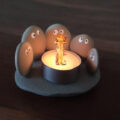The letter “w” may seem like just another letter in the English alphabet, but it’s much more than that. The letter w has a unique history, pronunciation, and significance in language and communication. In this article, we’ll explore the power of the letter w, and learn how to teach, write, and pronounce it.
Teaching the letter w can be a fun and engaging activity for children. There are many ways to have fun teaching letter w, such as through games, songs, and crafts. For example, you can make a “w” wand using construction paper and a popsicle stick, and encourage children to wave it around while chanting “w, w, w”. You can also use letter w printable resources and worksheets to help children practice writing and recognizing the letter w.
But teaching the letter w isn’t just for children. Adults can also benefit from learning how to write and pronounce the letter w, especially if English is not their first language. For example, the pronunciation of the letter w can be challenging for non-native speakers, and learning how to pronounce it correctly can greatly improve their communication skills.
The letter w also has a special place in cursive writing. Writing the cursive letter w can be tricky, but with practice, it can become a beautiful and fluid part of your handwriting. There are many tips and strategies for mastering the cursive letter w, such as practicing the individual strokes and connecting it to other letters in words.
In addition to its practical uses, the letter w also has cultural and historical significance. For example, the Greek letter w, also known as “omega”, has been used in mathematics and science for centuries. In Spanish, the letter w is not commonly used, but it appears in some loanwords and proper names. And in Hebrew, the letter w is used as a vowel and is pronounced as “vav”.
Finally, we can’t forget the fun and creative ways that the letter w is used in popular culture. From the classic “The Wheels on the Bus” nursery rhyme, which features the phrase “The wipers on the bus go swish, swish, swish”, to the famous tongue-twister “How much wood would a woodchuck chuck”, which uses the letter w repeatedly, there are many examples of the letter w being used in songs, stories, and rhymes.
In conclusion, the letter w is a fascinating and important part of language and communication. By understanding its history, pronunciation, and practical uses, we can unlock the power of the letter w and improve our communication skills. So go ahead and have fun teaching letter w, practicing cursive letter w, and exploring the many uses of the letter w in language and culture.
The Basics of the Letter W
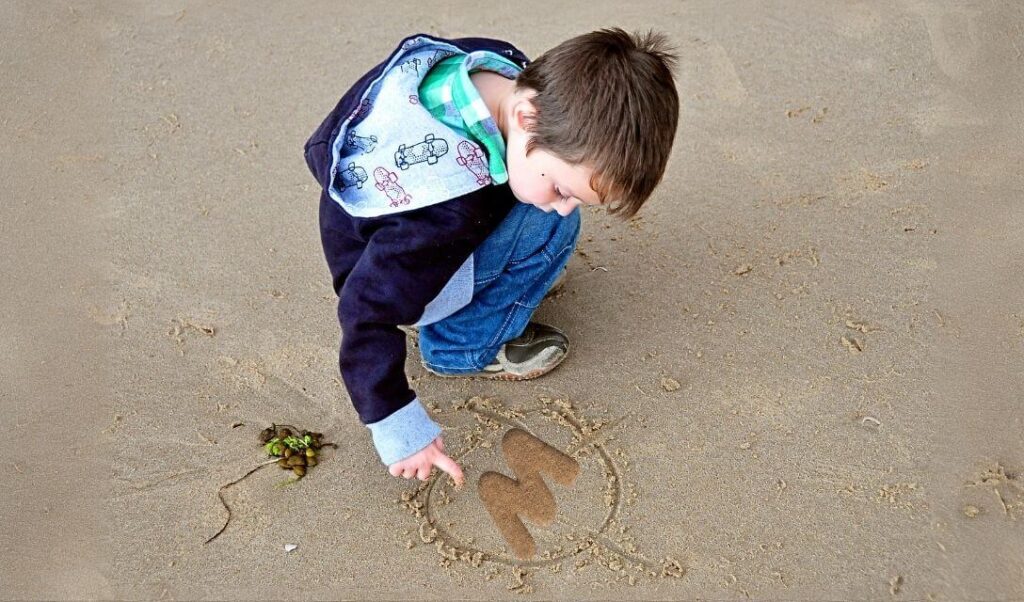
Now that we have covered the basics of the letter w, let’s dive deeper into some interesting facts and trivia. Did you know that the letter w is the only letter in the English alphabet that doesn’t have just one syllable when pronounced? It is also the least used letter, making up only about 2.5% of words in the English language.
If you’re wondering how to teach the letter w to young learners, there are many fun and creative ways to do so. For example, you can use letter w printables and worksheets to help them practice writing and recognizing the letter. You can also play games like “how to tell letter w” and “find the letter w” to make the learning process more engaging and interactive.
Another interesting aspect of the letter w is its use in different languages and scripts. In cursive writing, the letter w is often written in a unique way, with a loop that connects the two v shapes. In Greek, the letter w is represented by the symbol “omega”, and W in Spanish words, it is pronounced “doble u”, meaning “double u”.
When it comes to words and phrases that start with the letter w, there are plenty of options to choose from. From “world” and “water” to “wonderful” and “wilderness”, the letter w is used to express a wide range of concepts and emotions. And let’s not forget about the famous “w” countries, such as Wales, Washington, and West Virginia.
Lastly, if you’re looking for some inspiration for a catchy tune about the letter w, check out “The W Song” by KidsTV123 on YouTube. This fun and upbeat song is sure to get stuck in your head and make you appreciate the power of the letter w in language and communication.
How to Teach and Learn the Letter W
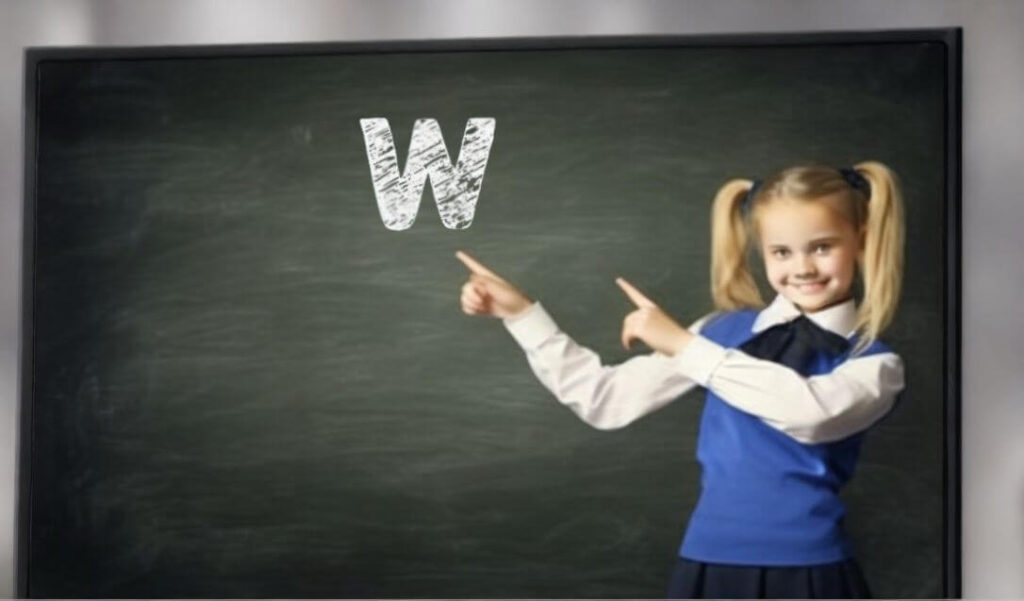
Learning the letter w can be a fun and engaging experience for both children and adults. Whether you’re a teacher or a parent, there are many ways to make the process of learning the letter w exciting and memorable. One effective strategy for teaching the letter w is through hands-on activities that help children connect the sound and shape of the letter w to real-world objects and concepts.
For example, you could use picture books and flashcards to help children learn words that start with the letter w, such as “watermelon” and “wagon”. You could also incorporate games and puzzles that focus on the letter w, such as word searches and crossword puzzles.
Another great way to teach the letter w is through letter tracing and writing exercises. Cursive letter w practice can be especially helpful in developing fine motor skills and improving handwriting. Letter w printable resources and worksheets are widely available online and can be a great tool for reinforcing letter recognition and writing skills.
When it comes to learning the letter w, it’s important to remember that everyone learns at their own pace. Some children may pick up the letter w quickly, while others may need more time and practice. The key is to make the process of learning fun and engaging, and to provide plenty of opportunities for children to practice and master the letter w.
In summary, teaching and learning the letter w can be a rewarding experience that opens up new doors in language and communication. By using fun and effective strategies, such as hands-on activities, games, and printable resources, you can help children master the letter w and develop important language and literacy skills.
Exploring the Many Uses of the Letter W

The letter w is not only important in the English language, but it also plays a significant role in other languages across the world. In Spanish, the letter w is not commonly used, except in loanwords, while in Hebrew, it is used as a vowel with a unique sound. Additionally, the letter w appears in many words and phrases in various languages, and it’s always essential to understand its correct pronunciation.
Furthermore, when it comes to the English language, the letter w is a versatile letter that is used in a wide range of words and phrases. It’s used to start words such as “world,” “water,” and “wonder,” as well as phrases like “well done,” “weird and wonderful,” and “words of wisdom.” Additionally, the letter w is used in names of countries and places such as Wales, Washington, and Wisconsin, among others.
If you’re looking to expand your vocabulary, there are many five-letter words that start with the letter w, including “waltz,” “witty,” and “waste.” And for those who love music, there is a catchy “The Letter W Song” that can help teach kids the letter and its sound.
In conclusion, the letter w may seem like a simple letter, but it’s an essential part of language and communication. Whether you’re teaching it to kids or just trying to improve your vocabulary, understanding the letter w’s many uses and pronunciations can help unlock its power and potential.
The Letter W in Cursive Writing
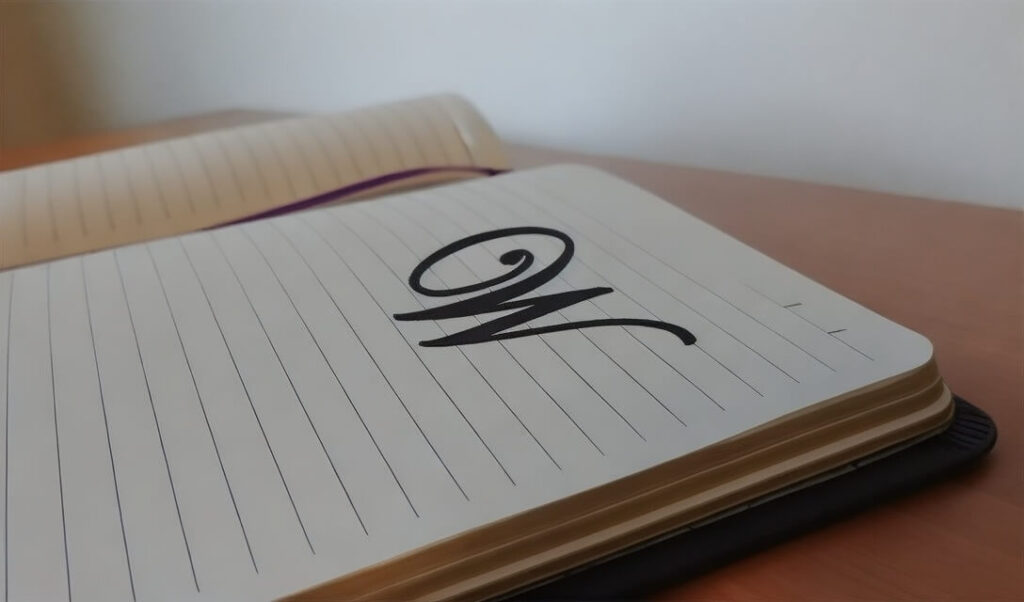
Cursive writing is a beautiful and intricate form of handwriting, and the letter w is an important part of it. To write the cursive letter w, start with a loop at the top, move down and to the right, and then back up and to the left to form the second loop. Finally, add a small curve at the bottom to complete the letter.
It can take some practice to master writing the letter w in cursive, but once you do, you can start incorporating it into your writing. Some great examples of words and phrases that use the cursive letter w include “water”, “swirl”, and “twelve”.
To get better at writing the cursive letter w, try practicing with worksheets and tracing exercises. These can be found online or as part of a printable letter w worksheet set. Additionally, it can be helpful to watch videos or work with a teacher to learn the correct technique and form.
Whether you’re learning cursive for the first time or trying to improve your skills, the letter w is an important letter to master. With time and practice, you can add this beautiful letter to your repertoire of cursive handwriting.
Songs and Rhymes Featuring the Letter W
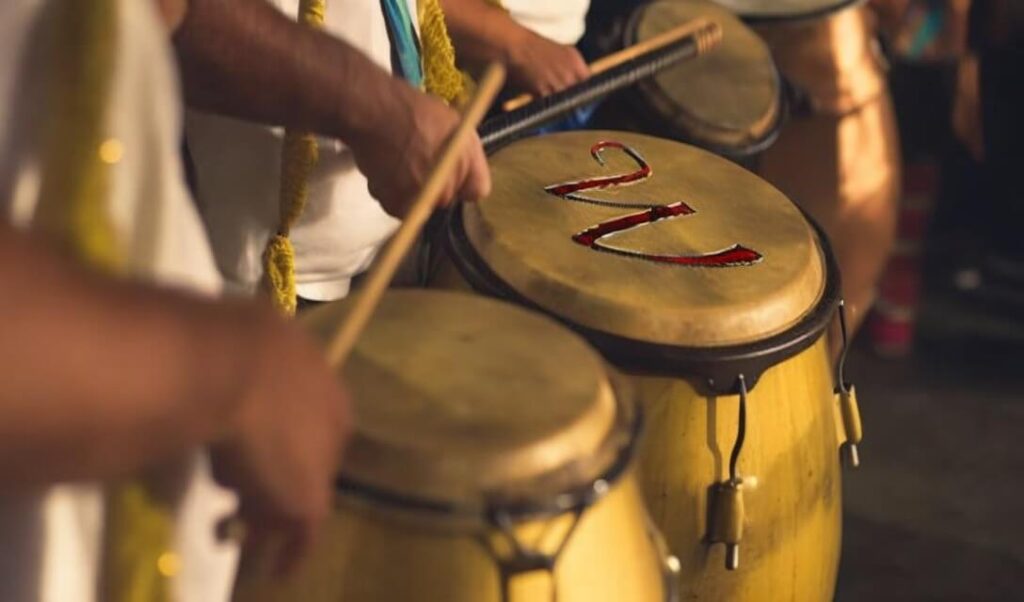
The letter w is not only important in everyday language and communication but it’s also a common feature in songs and rhymes. The letter w song is a popular tune that helps children learn the sound and usage of the letter w. It’s an effective tool for teaching children how to spell words that start with the letter w and how to incorporate the letter w in sentences.
In addition to the letter w song, there are many children’s books and stories that use the letter w in creative ways. These stories not only engage children but also help them learn the value of the letter w and how to use it in different contexts. Some examples of children’s books that use the letter w creatively include “Wacky Wednesday” by Dr. Seuss and “Winnie-the-Pooh” by A.A. Milne.
Another way to make learning the letter w more fun is by using five letter w words in songs and rhymes. Examples of five letter w words include “wacky,” “weird,” “whirl,” and “wooly.” These words can be incorporated into songs and rhymes to create catchy tunes that children will love.
Overall, songs and rhymes featuring the letter w are great tools for teaching children the importance of the letter w in language and communication. By using creative and fun methods, children can learn how to spell words that start with the letter w, how to write the cursive letter w, and how to use the letter w in different languages such as Spanish and Hebrew.
Conclusion
The letter w is a powerful and versatile letter in language and communication. From teaching children how to write and spell the letter w to exploring its use in different languages and cultures, there are many ways to unlock the power of the letter w.
We have covered a variety of topics in this article, including how to teach and learn the letter w, using the letter w in cursive handwriting, songs and rhymes that feature the letter w, and more. Through these discussions, we have emphasized the importance of having fun and being creative when working with the letter w.
It is clear that the letter w is a vital part of the English language and plays a significant role in communication. Therefore, we encourage readers to continue practicing and exploring the many uses of the letter w. Whether it’s through fun activities or simply using the letter w more in your everyday life, the possibilities are endless. So go ahead and embrace the power of the letter w!
It’s worth noting that for some individuals, the spiritual meaning of the letter W is particularly significant and can hold great personal significance.




